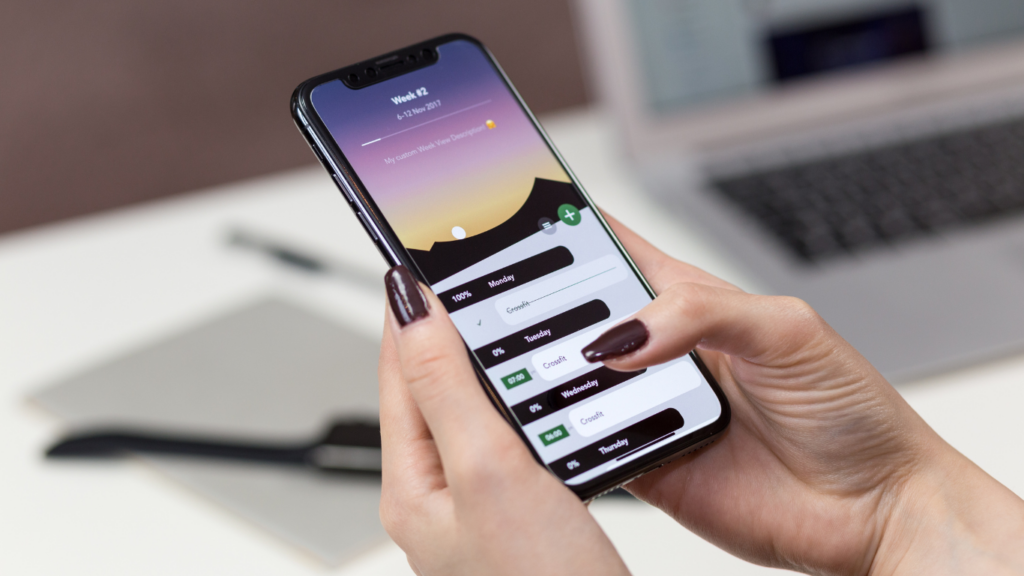Augmented Reality (AR) has revolutionized the way we interact with technology, blurring the lines between the digital and physical worlds. In the realm of smartphones, the race to lead in AR capabilities is fiercer than ever. As an avid tech enthusiast, I’ve delved into the world of AR mobile device capabilities to uncover which smartphones are paving the way for the future.
From enhanced AR gaming experiences to seamless integration of AR apps, the capabilities of smartphones play a pivotal role in shaping our AR encounters. In this article, I’ll explore the top contenders in the AR arena, highlighting the features that set them apart and make them frontrunners in this evolving landscape.
Join me on this journey as we unravel the leading smartphones that are redefining the boundaries of augmented reality.
Overview of AR Technology in Smartphones
Augmented Reality (AR) has revolutionized the tech industry by intertwining the virtual and physical realms seamlessly. In the realm of smartphones, the competition to dominate AR capabilities is fierce. Mobile devices are continuously evolving to enhance AR experiences, particularly in gaming and application integration.
Exploring the landscape of AR technology in smartphones reveals a fascinating array of features that set certain devices apart from the rest. From advanced camera systems to powerful processors, these smartphones are spearheading the AR revolution by offering unparalleled user experiences.
In the following sections, I’ll delve into the top smartphones that are leading the pack in AR technology and examine the key traits that make them stand out in this dynamic and ever-changing field.
Top Smartphones with Advanced AR Capabilities
- Apple iPhone Series: Known for its advanced AR capabilities, the Apple iPhone series integrates powerful AR features with high-performance hardware and a robust ecosystem of AR apps, driven by technologies like LiDAR scanning and the A-series chips.
- Samsung Galaxy Series: The Samsung Galaxy series offers impressive AR functionality, leveraging high-resolution displays and sophisticated sensors. Its integration with Samsung’s ecosystem and support for ARCore enhances the augmented reality experience across various applications.
Apple iPhone Series
I’ll focus on the Apple iPhone series’ exemplary AR capabilities, especially its seamless integration of AR experiences into everyday tasks. The iPhone’s custom-built processors and camera systems work harmoniously to deliver unparalleled AR performance.
With ARKit, Apple’s AR development platform, developers can create immersive AR apps, enhancing user engagement and productivity. The iPhone’s optimization for AR gaming further solidifies its position as a top choice for AR enthusiasts.
Samsung Galaxy Series
Moving on to the Samsung Galaxy series, I’ll outline its cutting-edge AR features that have garnered significant attention in the industry. Samsung’s devices boast robust hardware components, including high-resolution displays and powerful processors, enabling seamless AR experiences.
The integration of ARCore, Google’s AR platform, on Galaxy smartphones offers users a diverse range of AR applications for entertainment, education, and productivity. Samsung’s commitment to enhancing AR functionalities across its Galaxy lineup cements its status as a frontrunner in the realm of AR-enabled smartphones.
Comparison of AR Features Among Leading Smartphones
In comparing the AR features among leading smartphones, I’ll examine the specific attributes that set the Apple iPhone series and the Samsung Galaxy series apart in the realm of Augmented Reality technology.
Apple iPhone Series
Starting with the Apple iPhone series, these devices stand out for their seamless integration of AR experiences into daily tasks. The key strength of iPhones lies in their utilization of custom processors and ARKit, Apple’s AR development platform.
This combination enables iPhones to deliver smooth and immersive AR experiences, making them ideal for AR-enhanced gaming, education, and navigation applications.
Samsung Galaxy Series
On the other hand, the Samsung Galaxy series boasts cutting-edge AR features that contribute to its reputation as a leader in AR-enabled smartphones. These devices excel in providing users with high-resolution displays that enhance the visual quality of AR content.
Additionally, Samsung has integrated ARCore, Google’s AR platform, into its Galaxy series, expanding the range of AR applications and experiences available to users.
By contrasting the strengths of the Apple iPhone series and the Samsung Galaxy series in the AR domain, it is evident that both smartphone giants have made significant strides in leveraging AR technology to offer compelling user experiences.
Impact of AR Capabilities on User Experience
Entering the realm of Augmented Reality (AR) on smartphones ushers in a new era of user experience enhancements. By seamlessly blending digital elements with the real world, AR capabilities on smartphones have revolutionized how users interact with technology.
Exploring the landscape of AR-enabled smartphones, the Apple iPhone series stands out for its intuitive integration of AR features into everyday tasks. Powered by custom processors and the cutting-edge ARKit platform, iPhones deliver a seamless AR experience that enriches user interactions and bridges the gap between imagination and reality.
On the other hand, the Samsung Galaxy series sets a high bar with its advanced AR capabilities, boasting high-resolution displays and seamless ARCore integration. These features not only enhance user engagement but also elevate the way users perceive and interact with digital content in their physical environment.
Comparing the AR capabilities of leading smartphones underscores the unique strengths of each. While the Apple iPhone series excels in integrating AR seamlessly into daily activities, the Samsung Galaxy series impresses with its high-quality display and robust AR functionality.
Both Apple and Samsung have made significant strides in leveraging AR technology to create immersive user experiences that redefine the boundaries of smartphone interaction.



